口径约8×8cm
不可机洗
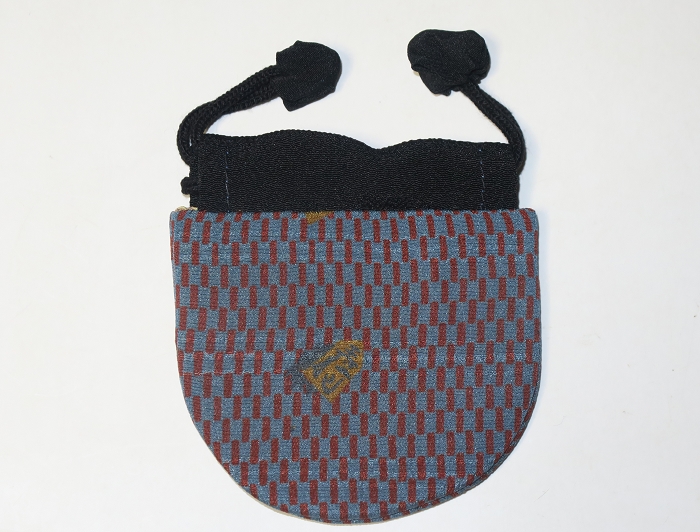
长崎和服师手工制作,真正取材古代(明治以前)皱绸(日文縮緬)和服,里外双面工,结实美观。图案是将棋(日本象棋)的王将,男人和服保留至今十分罕见。外观低调收敛,隐藏大气。内里衬托华丽,有王者气息。
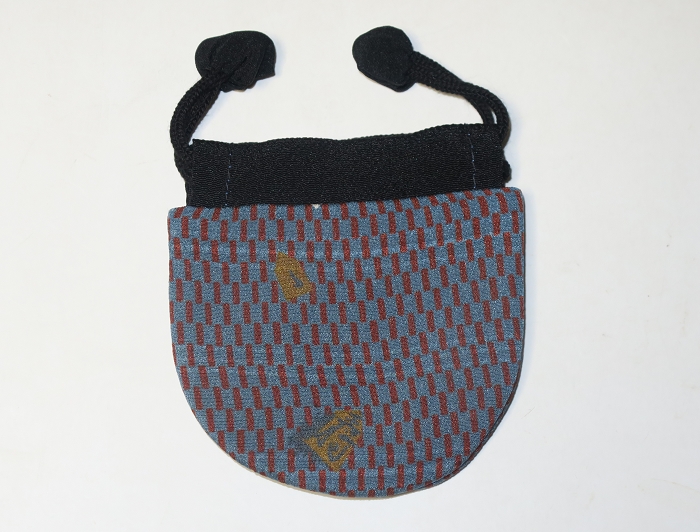
缩缅是日本发明的特殊织法的丝绸,和中国古代皱绸相似。主要产地是京都丹后,及滋贺县长滨市,现已失传。
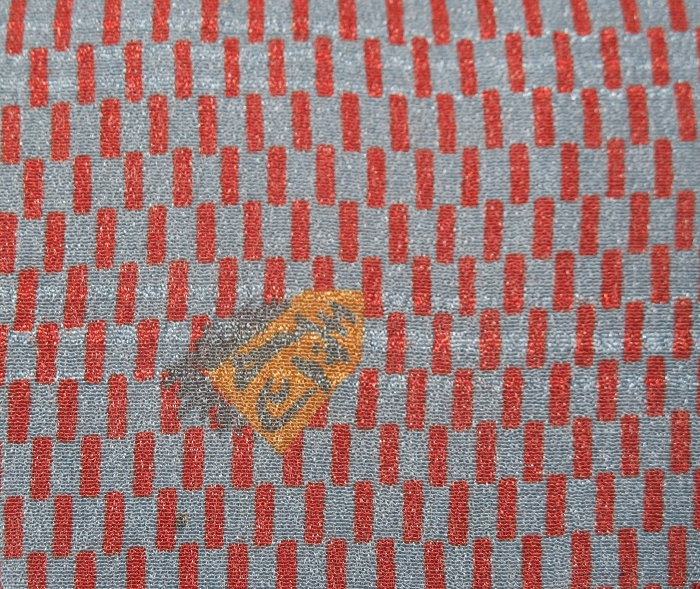
运用工艺手段或组织结构,使表面呈现绉纹效应,质地轻薄的丝织物称为绉。绉纱是古代纱织物。纱表面自然绉缩,显得凹凸不平,虽然细薄,却给人一种厚实感。奥妙在于绉纱经、纬丝线拈度和拈向不同,织成后绉缩相错,表面因此变得高低不平。
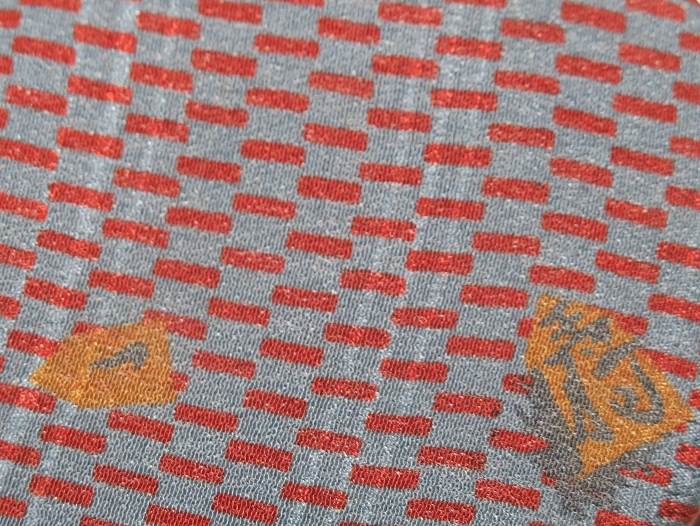
宋史•地理志四:“亳州贡绉纱、绢”。儿女英雄传第四回:“回头一看,只见他头上罩着一幅元青绉纱包头,两个角儿搭在耳边,两个角儿一直盖在脑后燕尾儿上”。
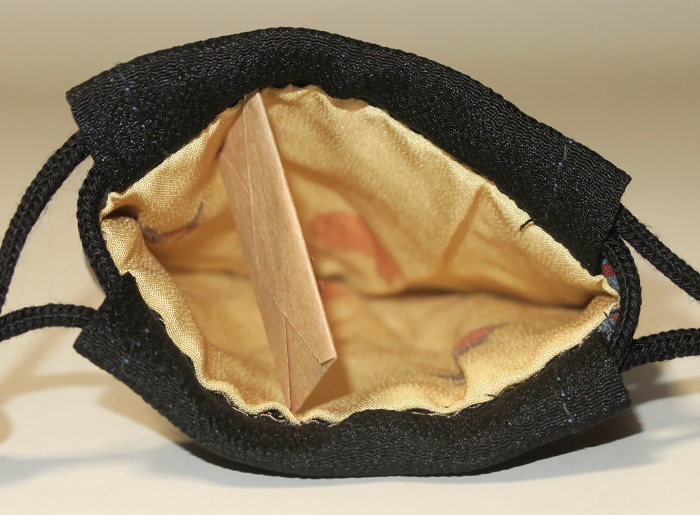
時代物の正絹着物地を使い、縮緬で作ったとっても可愛いキルト小袋。灰青と渋赤小紋地に、王将や成り歩など将棋のコマ尽くし、粋な感じの柄。
小丸袋とポチ袋の中間くらい、キルト入りでふんわり柔らかなので、大切な根付や帯留めなど小さなお品の整理、保管、携帯用袋としてもお洒落。
Japanese clothing
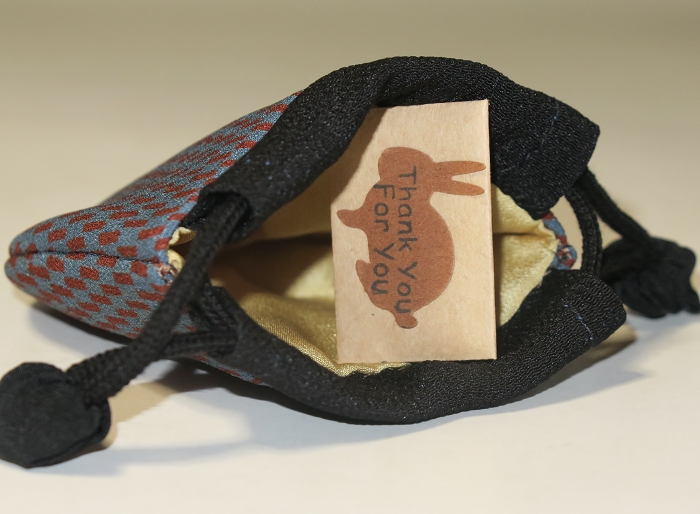
There are typically two types of clothing that the Japanese wear: the Japanese clothing (和服wafuku), such as kimonos, and Western clothing (洋服yōfuku). Japanese traditional fashion combines multiple styles that reflect early Japan’s visual culture. It represents the culture’s visible artistic and traditional values and joins them together to create a form of fashion recognizable to foreign cultures.
The most well known form of Japanese traditional fashion is the kimono (translates to “something to wear”), Although the traditional wear for Japan became popularized during the Heian period (794-1185) and was worn casually at the time, it is now rare to find people doing so due to the difficult process associated with the wardrobe.
Each type of garment corresponds to a special occasion, such as festivals, ceremonies, or weddings. The materials, colors, and layers used for the clothing differentiate them and their significance, as the looks are also often worn seasonally. The clothing that embodies the culture represents Japan’s traditional values that remain in their community to this day.